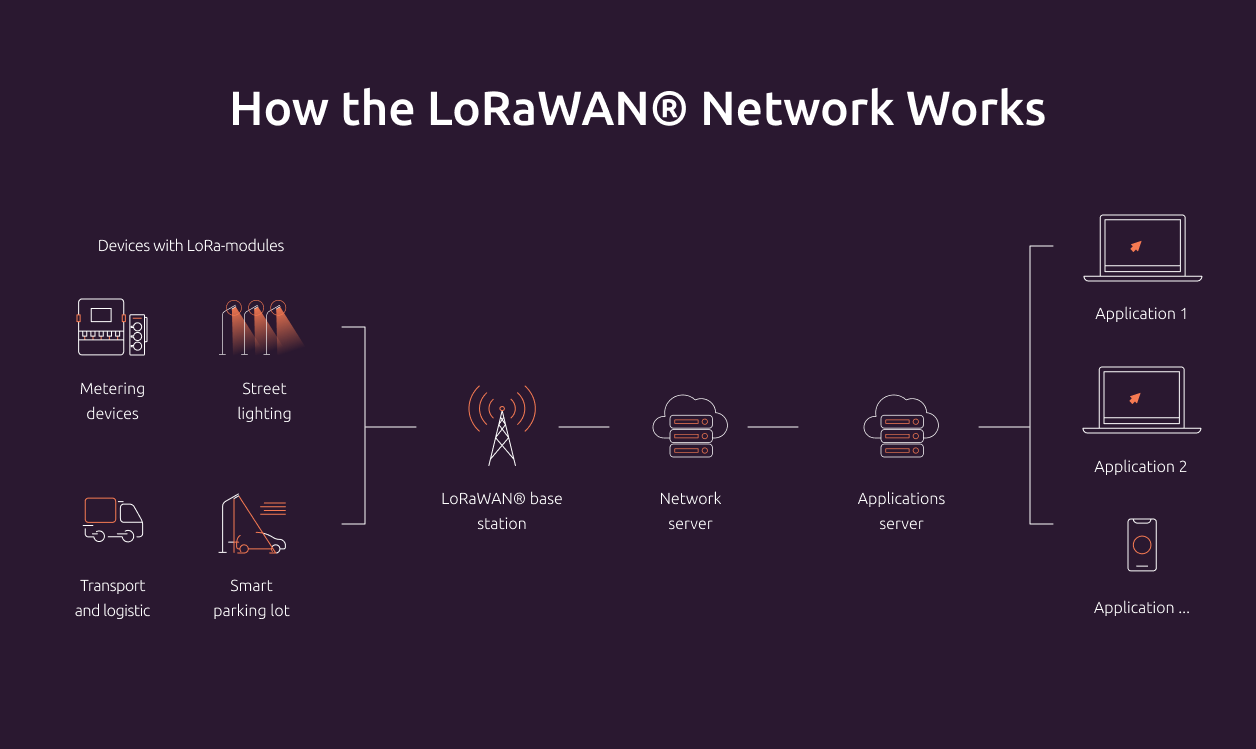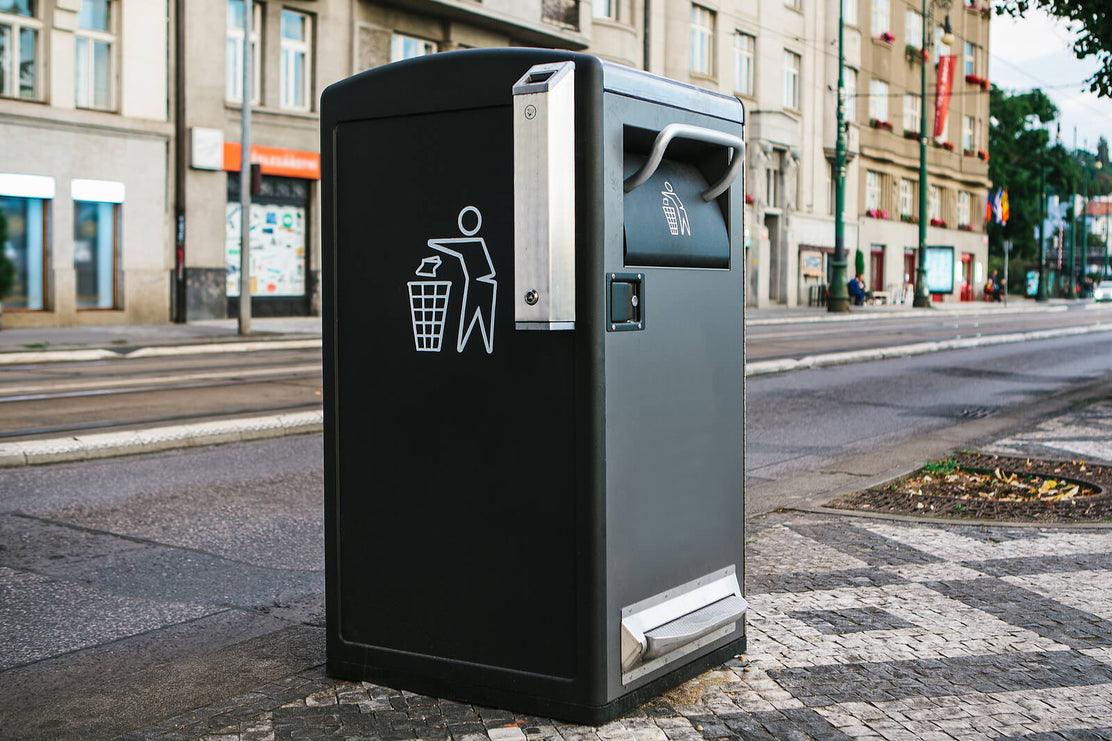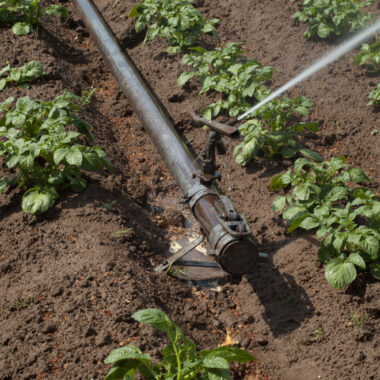I’ve spent the last few months building my own Smart Home, but we all know residential tech often comes from the IT Enterprise space right? Lets look at the new connectity standard made for IoT called WiLo and why it has the potential to be the future of IoT
A few months back, I posted an article discussing the various different protocols and options that are available to us residential customers for building your smart home with Home Assistant. As with a lot of my smart home journey, I’ve spent a lot of time understanding the pros and cons of each standard and in particular standards that exist in the commercial / enterprise space that aren’t typically making cost-effective, home friendly IoT devices.
A couple of these standards, are LoRa (stands for Long Range) and LoraWAN (stands for Long Range Wide Area Network) and work over radio frequencies that vary per geographic region:
- Europe: 863-870/873 MHz
- South America & Asia: 915–928 MHz
- North America: 902–928 MHz
- India: 865–867 MHz
The beauty of the LoRa standard is the range which has the potential to communicate over 10km (6.2 miles), which is far larger than any of the protocols you are likely to see focused on smarthomes (such as Zigbee, Z-Wave, or Bluetooth). They are similar in that the power usage is really low, but data rates are super low (anything from 0.3 kbit/s to 27kbit/s), far less than that of Zigbee, Z-Wave or Bluetooth

So what is WiLo, and why should you care?
Good question. Last month, a research paper was published in the IEEE Transaction on Communications, which is a not-for-profit organisation that publishes a monthly peer-reviewed journal that are focused on advances in the field of telecommunications. The paper, written by a number of University academics from all around the world (UK, Hong Kong, China) alongside Intel, have created a technology that allows high performing WiFi devices to communicate with LoRa devices.
WiLo, as it has been named, essentially has taken the benefits of both WiFi and LoRa protocols to potentially enable future humanitarian benefits such as Smart Cities. WiFi, as good as it is, consumes a lot of power, and LoRa has issues with data speeds. They’ve created a chip that in early testing indoors and outdoors, communicated over distances of up to 500m with a 96% transmission success rate.

The key here though is the benefits of sustainability in that because this is a combination of technologies, it can happily run off existing off-the-shelf WiFI compatible-hardware, reducing tech waste and without any additional hardware needed. No bridges, no bolt-on devices, just the existing 2.4Ghz compatible devices that have existed for years.
I won’t lie, I’m pretty excited about this, because although I love my smart home, and being able to control devices in house, it would be amiss of me thinking there aren’t wider benefits when this scales up
Smart Cities? What are you talking about?
Imagine a scenario when renewable energy is shared between a city, on-demand. Public buildings generate solar energy, that when it has generated excess energy calls back electric bin lorries (or refuse trucks for my American friends) to be charged.
How about sensors in public bins, detecting when they are full and creating a dynamic route for refuse collection teams based on city demand.

Or sensors detecting congestion on roads (due to a sports event for example) is able to dynamically reroute vehicles to less congested roads, or extending the amount of time a traffic light is on green to improve the flow of traffic. This can reduce concentrated air pollution, not to mention reduce wasted time of people in cars
What about monitoring the water levels and current of local rivers to provide early warnings to local residents to reduce the chance of human harm.
How many millions of clean water is wasted from broken water pipes? We can deploy sound sensors in the pipes, to listen for leaks, or a reduction in pressure of the pipes to save masses of wasted water.
Those are just a few examples of where IoT sensors or cameras, when connected can provide huge quality of life improvements to humans, and all of these ideas are really not far away from reality. The key element for me though, is the environment benefits that sensors provide, from air pollution, to energy saving – its only very recently that most countries recognised that these are real issues.

